Understanding Vestibular Stimming in Autism
Unveiling the hidden world of vestibular stimming in autism. Discover the impact, therapeutic approaches, and challenges.

Understanding Vestibular Stimming
To comprehend the concept of vestibular stimming in autism, it is important to explore sensory processing in autism and the use of biomarkers for diagnosis.
Sensory Processing in Autism
Individuals with autism often experience differences in sensory processing. The vestibular system, consisting of parts of the inner ear and brain, plays a crucial role in processing movement and providing information about the body's position in space [1]. It contributes to various skills, such as balance, coordination, spatial awareness, and overall body awareness. However, dysfunction within the vestibular system can occur in individuals with autism, leading to challenges in processing sensory information and contributing to sensory integration and processing disorders.
Vestibular stimming, also known as self-stimulatory behavior, is a term used to describe repetitive movements or actions that individuals with autism engage in to cope with sensory experiences. These behaviors can include rocking, spinning, or swaying. Vestibular stimming allows individuals with autism to regulate their sensory input and find comfort in the midst of overwhelming sensations.
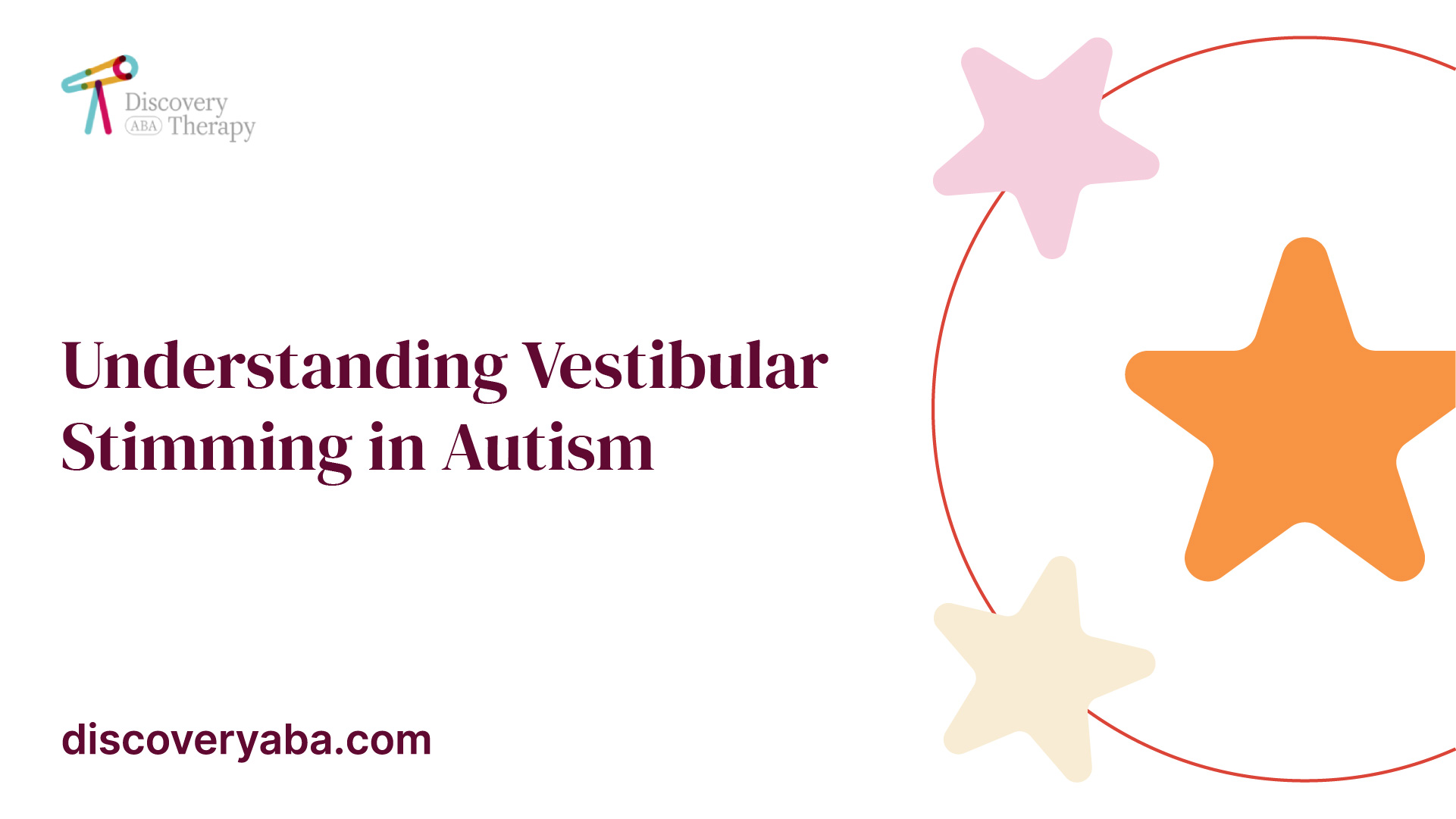
Biomarkers for Diagnosis
Sensory processing differences, including vestibular stimming, have been recognized as valuable biomarkers for diagnosing and monitoring therapeutic interventions in individuals with autism [2]. Biomarkers provide objective measures that aid in the identification and assessment of conditions. In the case of autism, sensory processing differences, including atypical responses to vestibular input, can serve as important indicators for diagnosing the condition and evaluating the effectiveness of interventions.
By recognizing and understanding the role of vestibular stimming and other sensory processing differences, healthcare professionals and therapists can develop targeted interventions and treatments to support individuals with autism. Incorporating these biomarkers into the diagnostic process and therapy planning can enhance the overall management and treatment of autism. It allows for a more comprehensive approach that addresses the unique sensory needs of individuals on the autism spectrum.
Impact of Vestibular Dysfunction
Individuals with autism often experience dysfunction within the vestibular system, which can have a significant impact on their sensory processing and overall well-being. This section explores the effects of vestibular dysfunction, specifically focusing on motor skills enhancement and the importance of sensory integration.
Motor Skills Enhancement
Dysfunction within the vestibular system can manifest as hypersensitivity or hyposensitivity to movement activities in individuals with autism. As a result, behaviors such as rocking, spinning, or swaying may occur, serving as coping mechanisms to process sensory experiences. However, implementing targeted vestibular activities can have a positive impact on motor skills enhancement.
Vestibular activities play a crucial role in improving motor skills, as they contribute to the development of balance, coordination, posture, muscle tone, and overall sense of safety and security in one's body. By engaging in appropriate vestibular activities, individuals with autism can enhance their mobility, independence, and overall quality of life.
Importance of Sensory Integration
Sensory integration refers to the brain's ability to process and interpret sensory information from the environment effectively. Dysfunction within the vestibular system can contribute to challenges in processing sensory information and may lead to sensory integration and processing disorders in individuals with autism.
By implementing vestibular activities tailored to individual needs and preferences, sensory integration can be significantly enhanced. These activities help individuals with autism better understand and respond to their environment by addressing challenges in processing sensory information. Through sensory integration, individuals can develop more effective strategies for processing and regulating sensory input, leading to improved overall functioning.
Understanding the impact of vestibular dysfunction on motor skills enhancement and sensory integration is essential in supporting individuals with autism. By incorporating targeted interventions and therapies that address these challenges, individuals can experience improvements in their motor skills, sensory processing, and overall quality of life.
Therapeutic Approaches
When it comes to addressing vestibular stimming in individuals with autism, therapeutic approaches play a crucial role in improving sensory processing and integration. Two key therapeutic approaches that have shown benefits are occupational therapy and tailored vestibular activities.
Occupational Therapy Benefits
Occupational therapy provides valuable support for individuals with autism, especially regarding sensory integration. Professionals specializing in this field can diagnose and treat vestibular dysfunction, ultimately improving sensory processing and integration in individuals with autism and related disorders [2]. Occupational therapy interventions are tailored to the individual's specific needs and challenges and involve a range of activities and techniques to address sensory processing differences and enhance overall functioning.
One of the primary benefits of occupational therapy is its focus on enhancing motor skills. Through targeted interventions, occupational therapists help individuals with autism improve their balance, coordination, posture, muscle tone, and overall sense of safety and security in their bodies. This, in turn, contributes to their mobility, independence, and overall quality of life.
Tailored Vestibular Activities
Implementing vestibular activities tailored to the individual's needs and preferences can significantly enhance sensory integration. These activities aim to help individuals with autism better understand and respond to their environment by addressing challenges in processing sensory information. Vestibular activities engage the vestibular system, which is responsible for detecting and interpreting movement and spatial orientation.
Vestibular activities offer a range of benefits, such as improving balance, coordination, and body awareness. These activities can also contribute to self-regulation, allowing individuals with autism to better manage their sensory experiences. Examples of tailored vestibular activities include swinging, climbing, spinning, and other movement-based exercises.
By incorporating vestibular activities into therapy sessions and daily routines, individuals with autism can experience improved sensory integration and overall well-being. These activities can be customized to match individual needs, preferences, and responses, ensuring that the interventions are effective and engaging.
In summary, occupational therapy interventions provided by professionals specialized in vestibular-based activities, along with tailored vestibular activities, are valuable approaches for addressing vestibular stimming in individuals with autism. These therapeutic approaches aim to enhance sensory processing, motor skills, and overall well-being, ultimately helping individuals with autism navigate their sensory experiences more effectively. Seeking professional help, such as occupational therapy focused on sensory integration, can be instrumental in managing and addressing vestibular stimming in autism.
Behavioral Aspects
Understanding the behavioral aspects of vestibular stimming in individuals with autism is crucial in comprehending the unique ways they cope and communicate. Coping mechanisms and communication through stimming play significant roles in the lives of individuals with autism.
Coping Mechanisms
Individuals with autism often engage in vestibular stimming as a coping mechanism to process sensory experiences. Dysfunction within the vestibular system can manifest as hypersensitivity or hyposensitivity to movement activities, leading to behaviors such as rocking, spinning, or swaying. These stimming behaviors provide a sense of comfort and regulation, helping individuals with autism manage their emotions and navigate their surroundings [1].
By engaging in these repetitive movements or actions, individuals with autism can self-regulate and find a sense of calm amidst the sensory challenges they may encounter. It is important to recognize that these coping mechanisms are a natural response to their heightened sensory experiences.
Communication through Stimming
Another important aspect of vestibular stimming in autism is its role in communication. Stimming behaviors can serve as a form of nonverbal communication for individuals with autism. Through stimming, individuals can express their emotions, needs, and preferences to others.
For example, rocking back and forth might indicate a state of calm or contentment, while more intense stimming behaviors like spinning or jumping may convey excitement or happiness. On the other hand, stimming behaviors such as hand flapping or pacing may indicate anxiety or distress. These nonverbal cues allow others to better understand and connect with individuals with autism, fostering effective communication and empathy.
It is essential to view stimming behaviors as a valuable means of expression and to respect the individual's need for self-regulation. Encouraging a supportive and accepting environment where individuals with autism feel comfortable expressing themselves through stimming can greatly enhance communication and promote a deeper understanding of their experiences.
By recognizing the significance of coping mechanisms and communication through stimming, we can better understand and support individuals with autism in their unique journey. Embracing their individuality and providing a safe space for self-expression can contribute to their overall well-being and foster meaningful connections with others.
Challenges and Strategies
Individuals with autism who experience vestibular stimming face specific challenges related to hypersensitivity and hyposensitivity to movement activities. Overcoming sensory overload is also a significant aspect that requires attention and strategies for support.
Hypersensitivity vs. Hyposensitivity
Dysfunction within the vestibular system in individuals with autism can manifest as either hypersensitivity or hyposensitivity to movement activities. Hypersensitivity may lead to fearful reactions to movement activities such as climbing, descending stairs, or walking on uneven surfaces. These individuals may struggle with maintaining balance and coordination, which can impact their daily activities. On the other hand, hyposensitivity may lead to seeking intense sensory experiences through activities like spinning, swinging, or jumping.

Overcoming Sensory Overload
Sensory overload can be overwhelming for individuals with autism, leading to behaviors such as withdrawal, distress, or meltdowns. Understanding and addressing sensory differences is crucial for supporting these individuals. Here are some strategies to help overcome sensory overload:
- Create a sensory-friendly environment: Make modifications to the environment to reduce sensory triggers. This can include providing a quiet space, using dimmed lighting, or using noise-cancelling headphones to minimize auditory stimuli.
- Establish routines and predictability: Providing a predictable schedule and clear expectations can help individuals with autism feel more secure and reduce anxiety caused by sensory overload.
- Use visual supports: Visual supports such as visual schedules, social stories, and visual cues can help individuals understand what to expect and navigate their environment more effectively.
- Provide sensory breaks: Offer regular breaks or opportunities for individuals to engage in sensory activities that help them regulate and self-soothe. This can include activities like deep pressure massage, using fidget toys, or engaging in calming exercises.
By understanding the challenges posed by hypersensitivity and hyposensitivity, as well as implementing strategies to address sensory overload, individuals with autism can better navigate their sensory experiences and improve their overall well-being. Professional support, such as occupational therapy intervention, can also play a crucial role in developing self-regulation skills and providing tailored strategies for managing sensory difficulties.
Professional Support
When it comes to addressing vestibular stimming in individuals with autism, professional support can play a crucial role in diagnosis and intervention. Occupational therapy intervention, in particular, can provide valuable assistance in managing and addressing vestibular dysfunction in individuals with autism.
Occupational Therapy Intervention
Occupational therapy interventions delivered by professionals specialized in vestibular-based activities can be instrumental in diagnosing and treating vestibular dysfunction in individuals with autism. Occupational therapists work closely with individuals to develop personalized interventions based on their specific needs and challenges. These interventions aim to improve sensory integration, motor skills, and overall functional abilities.
Occupational therapists evaluate the individual's sensory processing capabilities, including their vestibular system, and develop treatment plans that incorporate vestibular-based activities. These activities may include balance exercises, swinging, spinning, and other movements that stimulate the vestibular system. By gradually exposing individuals to sensory experiences and helping them regulate their responses, occupational therapists can support the development of sensory integration skills.
The ultimate goal of occupational therapy intervention is to help individuals with autism navigate their sensory experiences effectively and improve their overall quality of life. By addressing vestibular dysfunction through targeted interventions, occupational therapists can assist individuals in managing stimming behaviors and enhancing their overall sensory integration abilities.
Developing Self-Regulation Skills
In addition to occupational therapy, developing self-regulation skills is another essential aspect of professional support for individuals with autism and vestibular stimming tendencies. This involves providing individuals with tools and techniques to regulate their responses to sensory stimuli and make appropriate choices.
Sensory integration techniques, visual supports and timers, and social stories and role-playing are effective techniques used to develop and enhance impulse control skills in individuals with autism. These techniques focus on providing sensory input, visual cues, and structured narratives to help individuals understand and regulate their responses to stimuli. By implementing these strategies, individuals with autism can develop a greater sense of self-awareness and learn to manage their reactions in different sensory environments.
Occupational therapists and other professionals working with individuals with autism can incorporate these self-regulation techniques into their interventions. By teaching individuals how to identify and cope with sensory overload, occupational therapists help individuals with autism build self-regulation skills that can be applied in various contexts. This empowers individuals to navigate their sensory experiences more effectively and engage in healthier outlets for stimming tendencies.
Professional support, particularly through occupational therapy interventions and the development of self-regulation skills, is crucial in managing vestibular stimming in autism. By working closely with professionals, individuals with autism can receive personalized treatment plans and acquire the necessary skills to better regulate their sensory experiences and maximize their overall well-being.
References
Find More Articles
Contact us
North Carolina, Tennessee, Nevada, New Jersey, Utah, Virginia
New Hampshire, Maine
Massachusetts, Indiana, Arizona, Georgia
.avif)


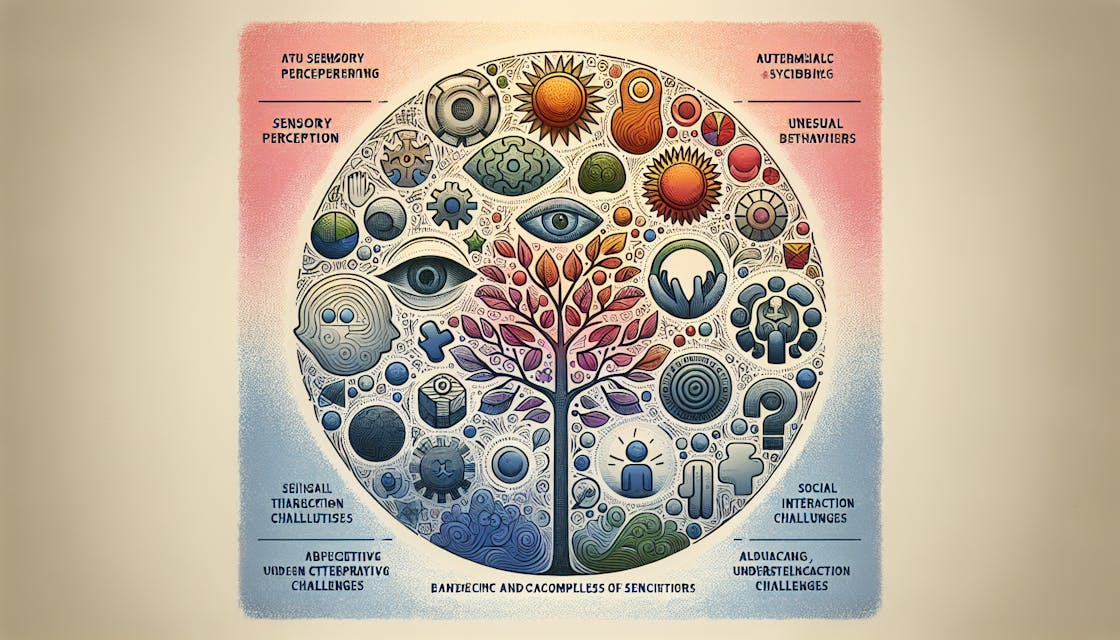
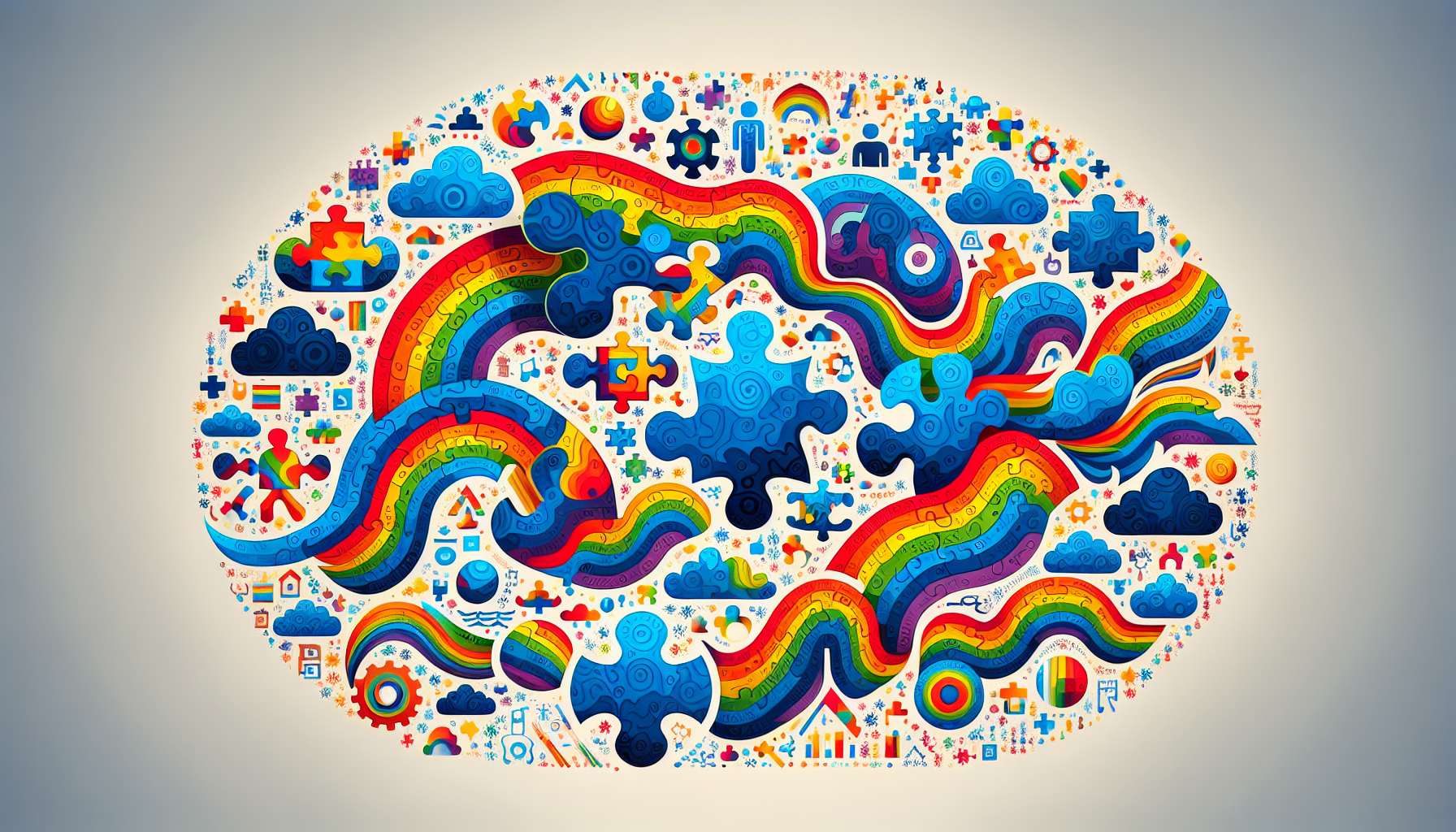
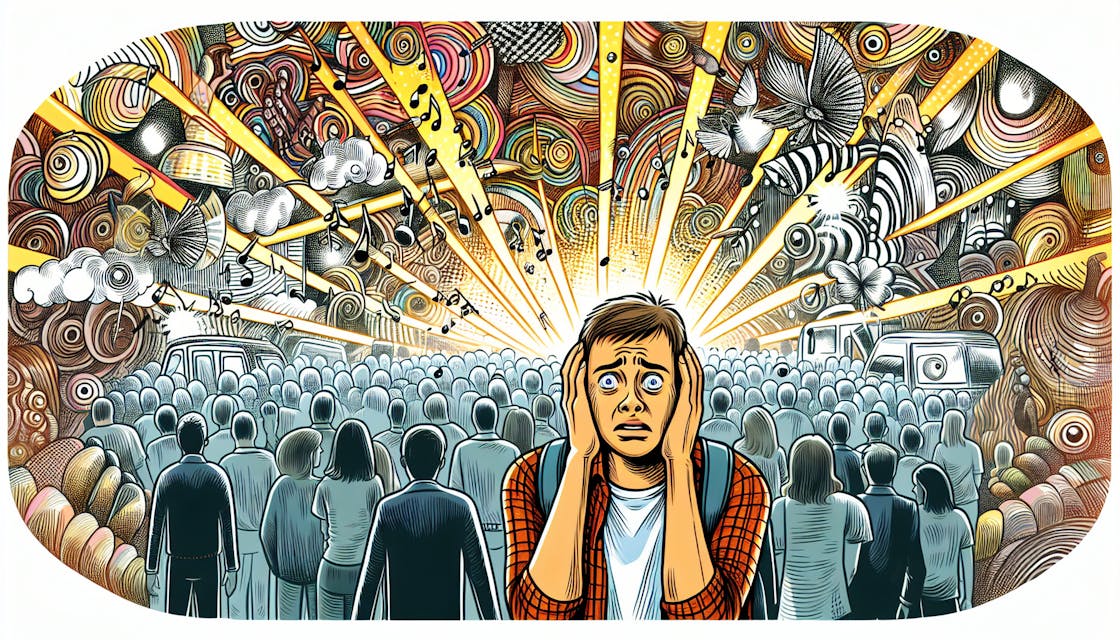
.jpeg)


.jpeg)


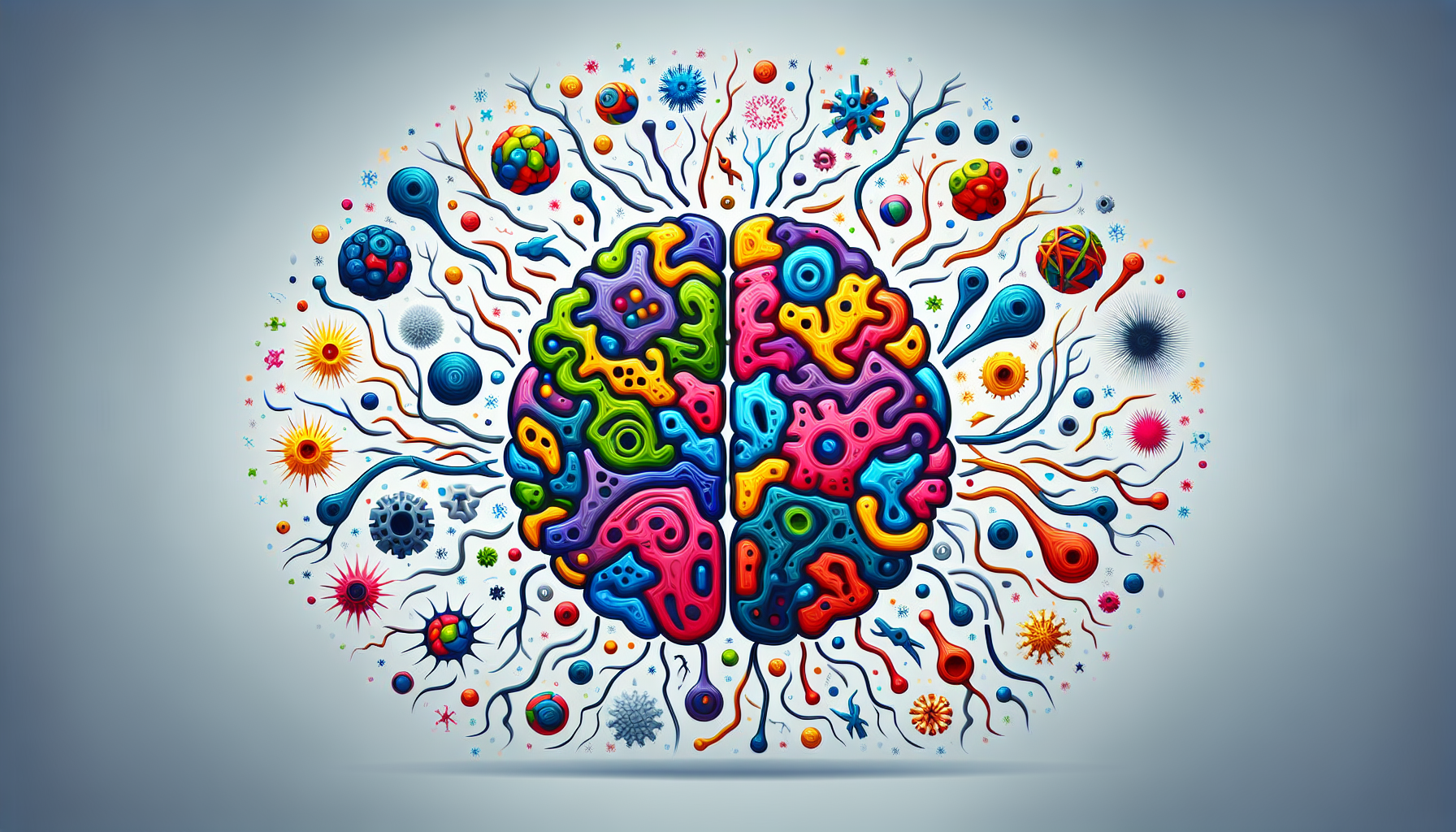
.jpeg)


















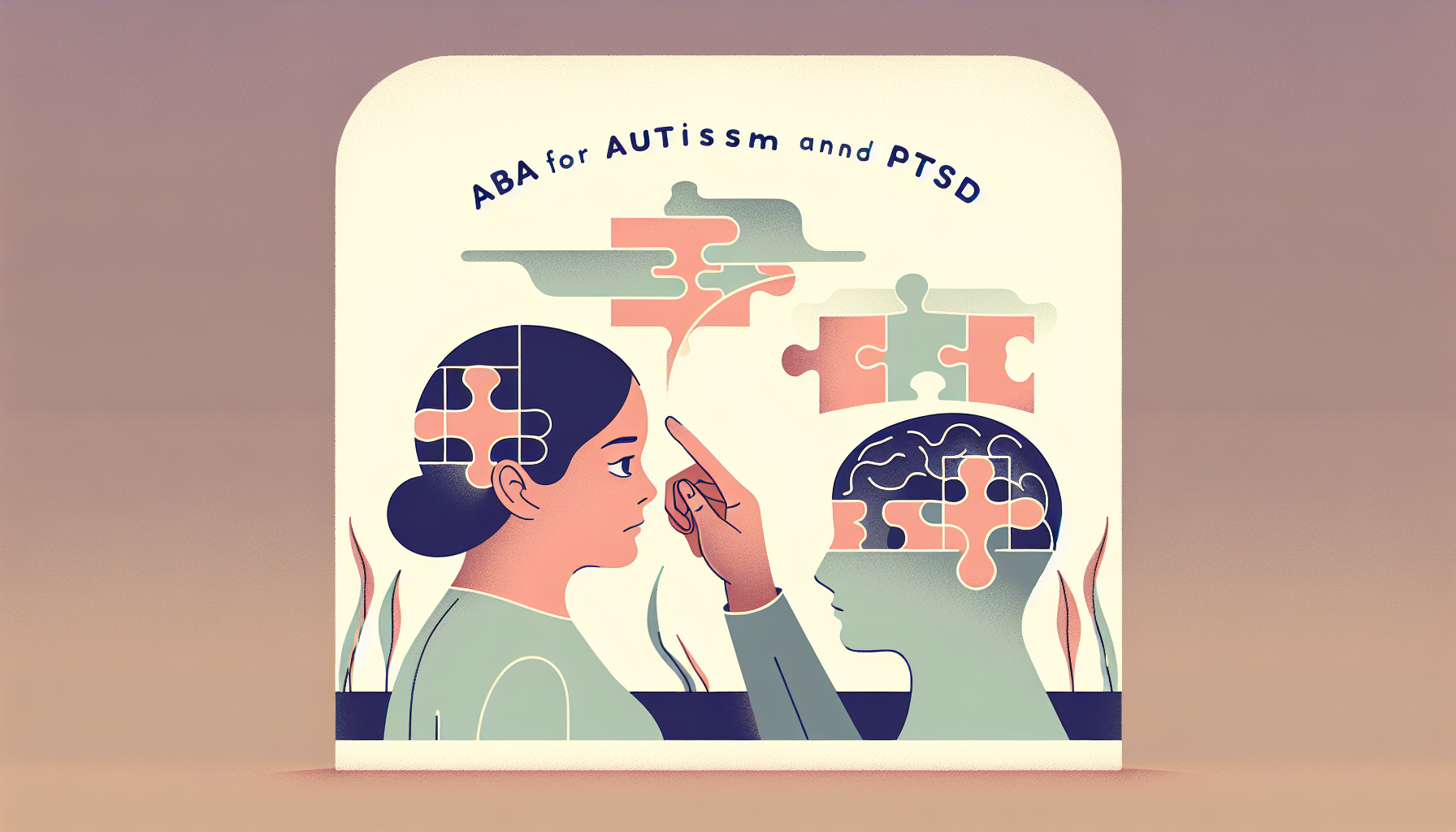
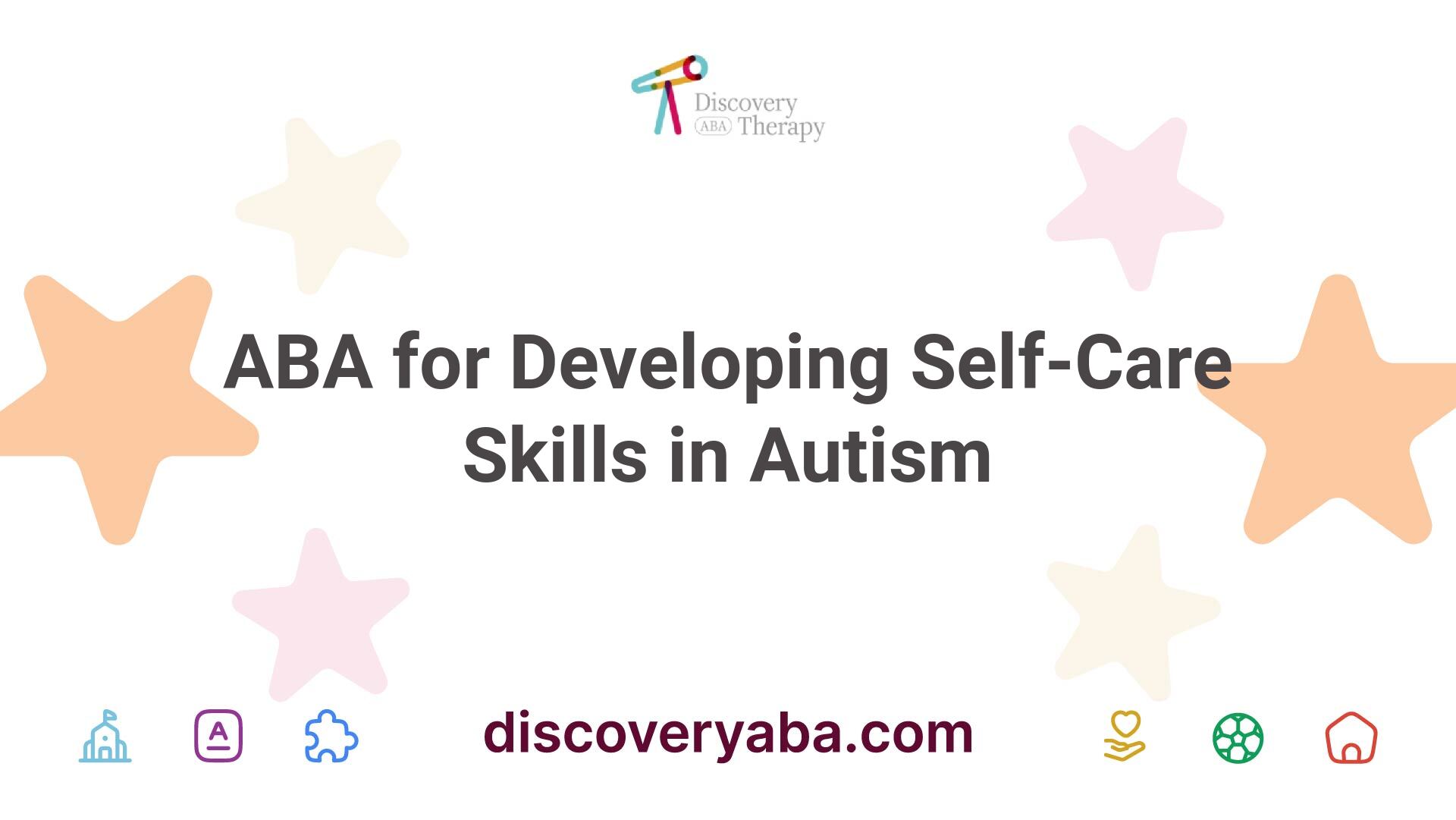
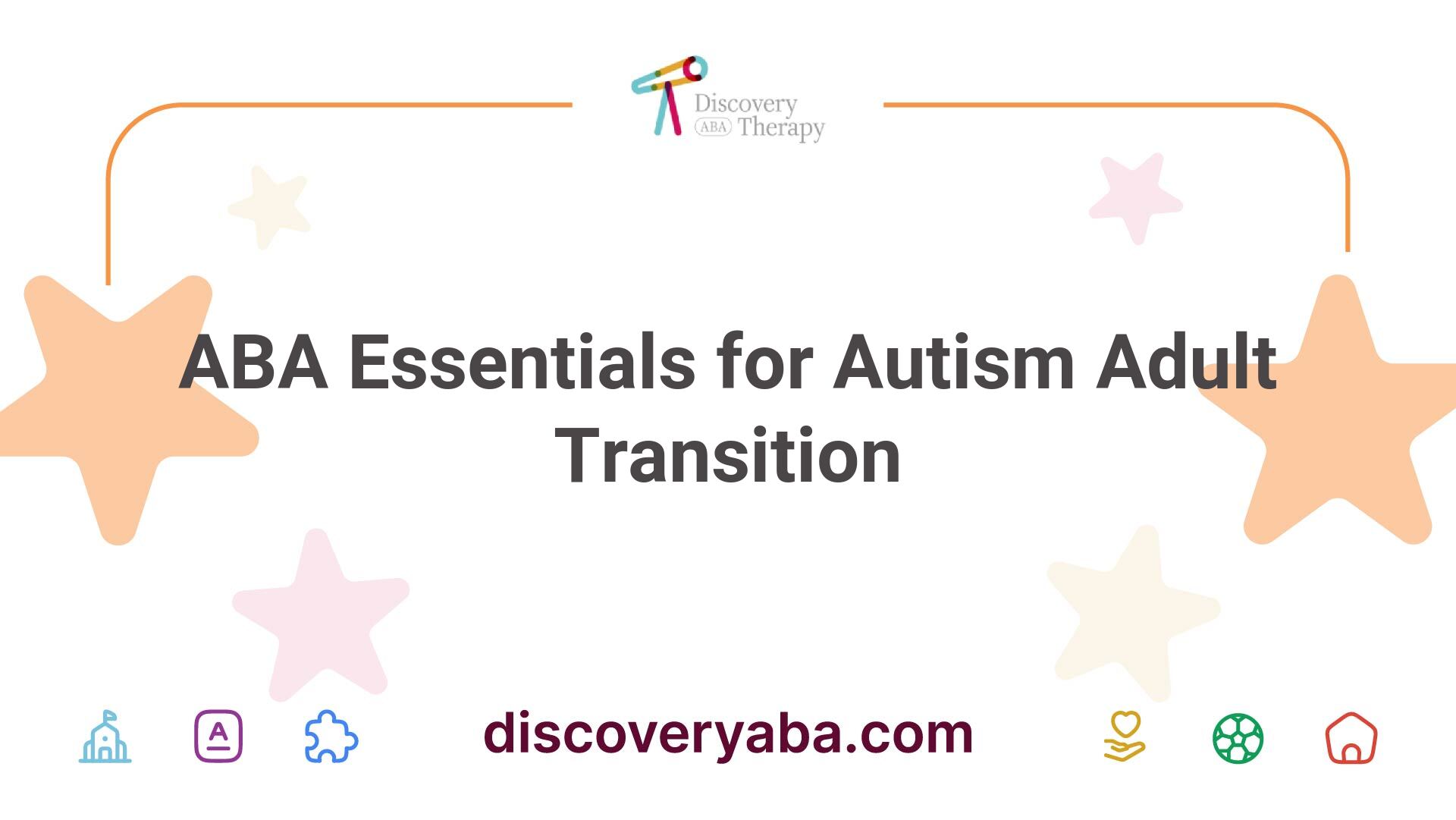








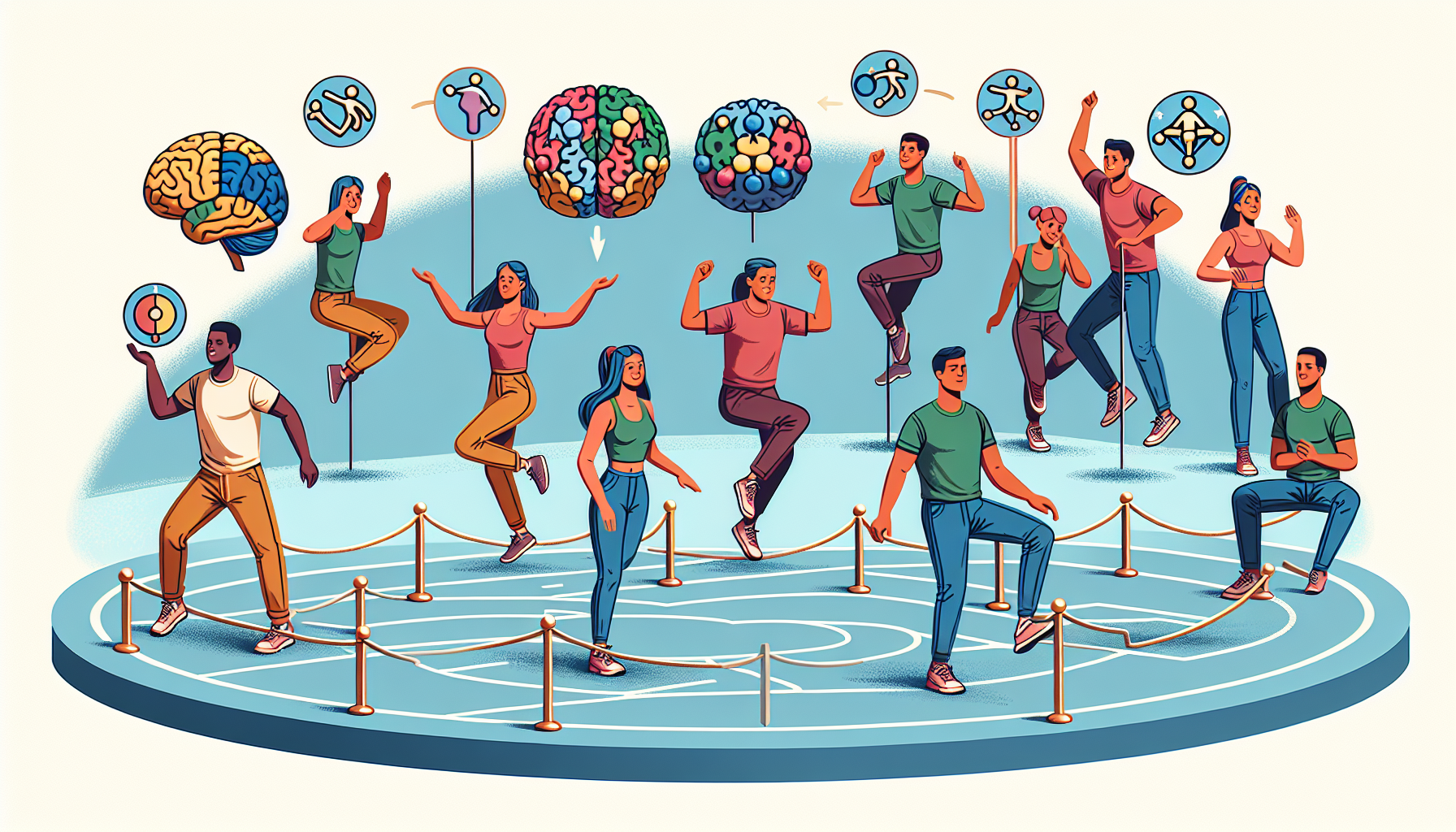
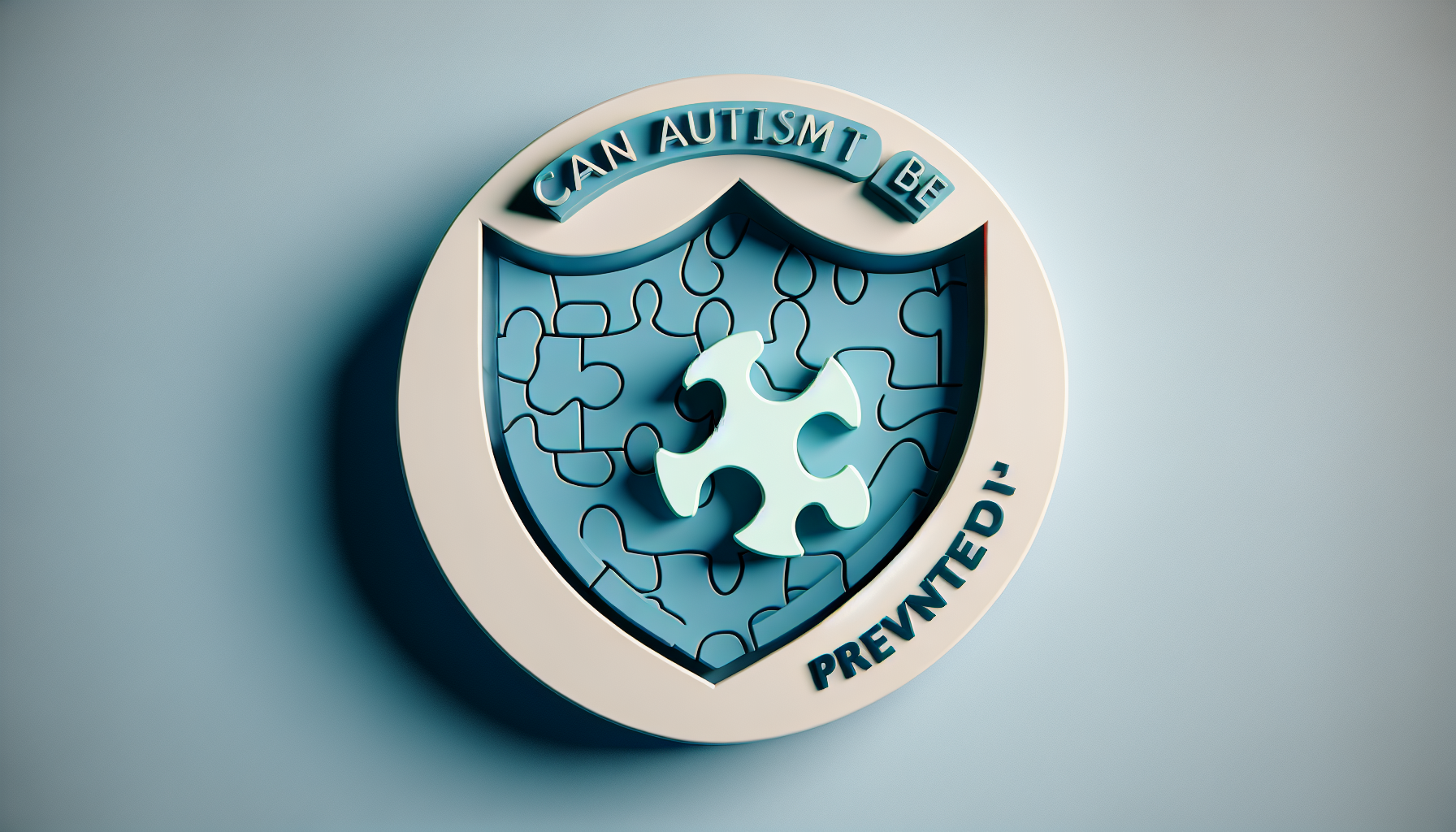
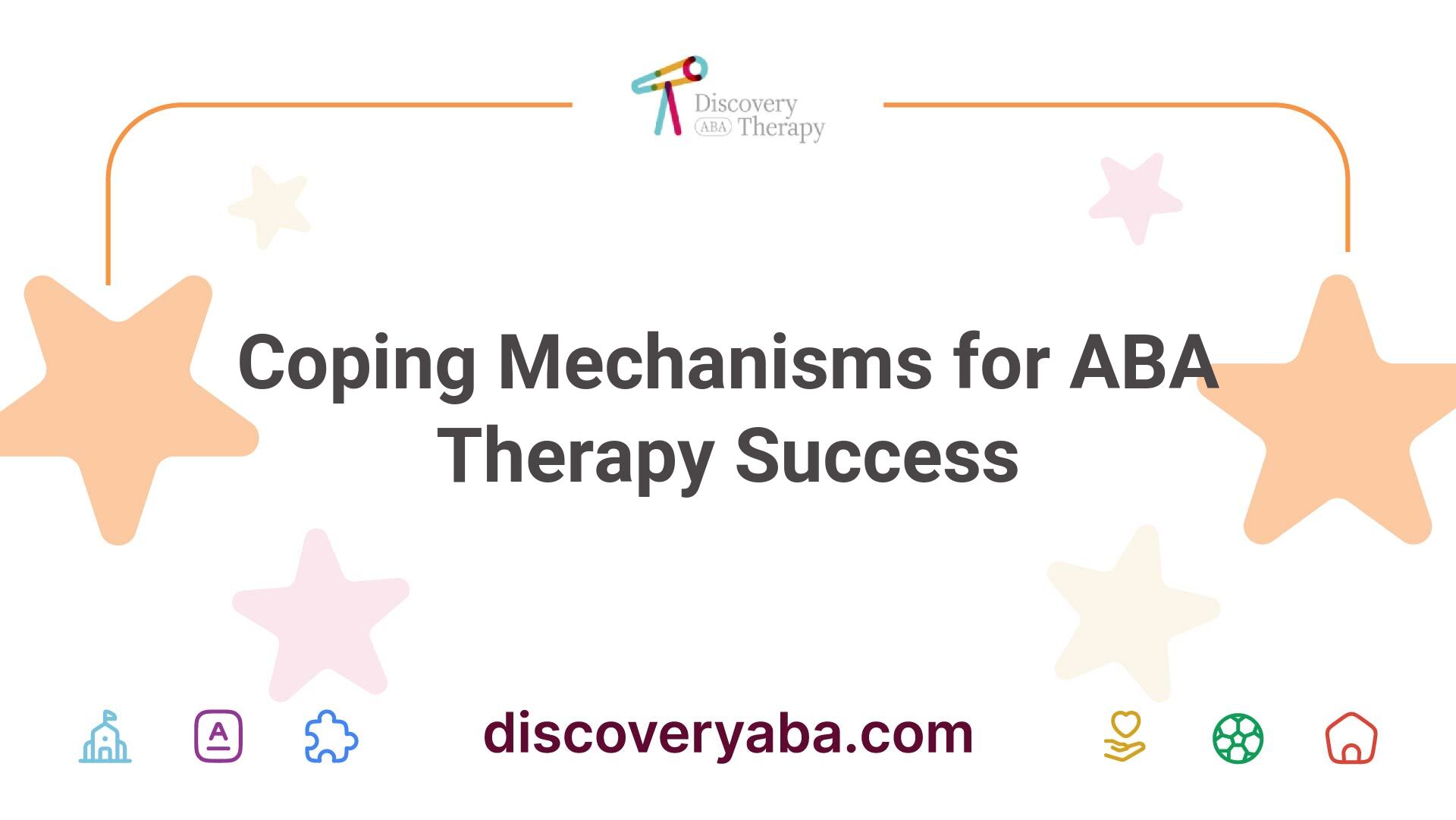





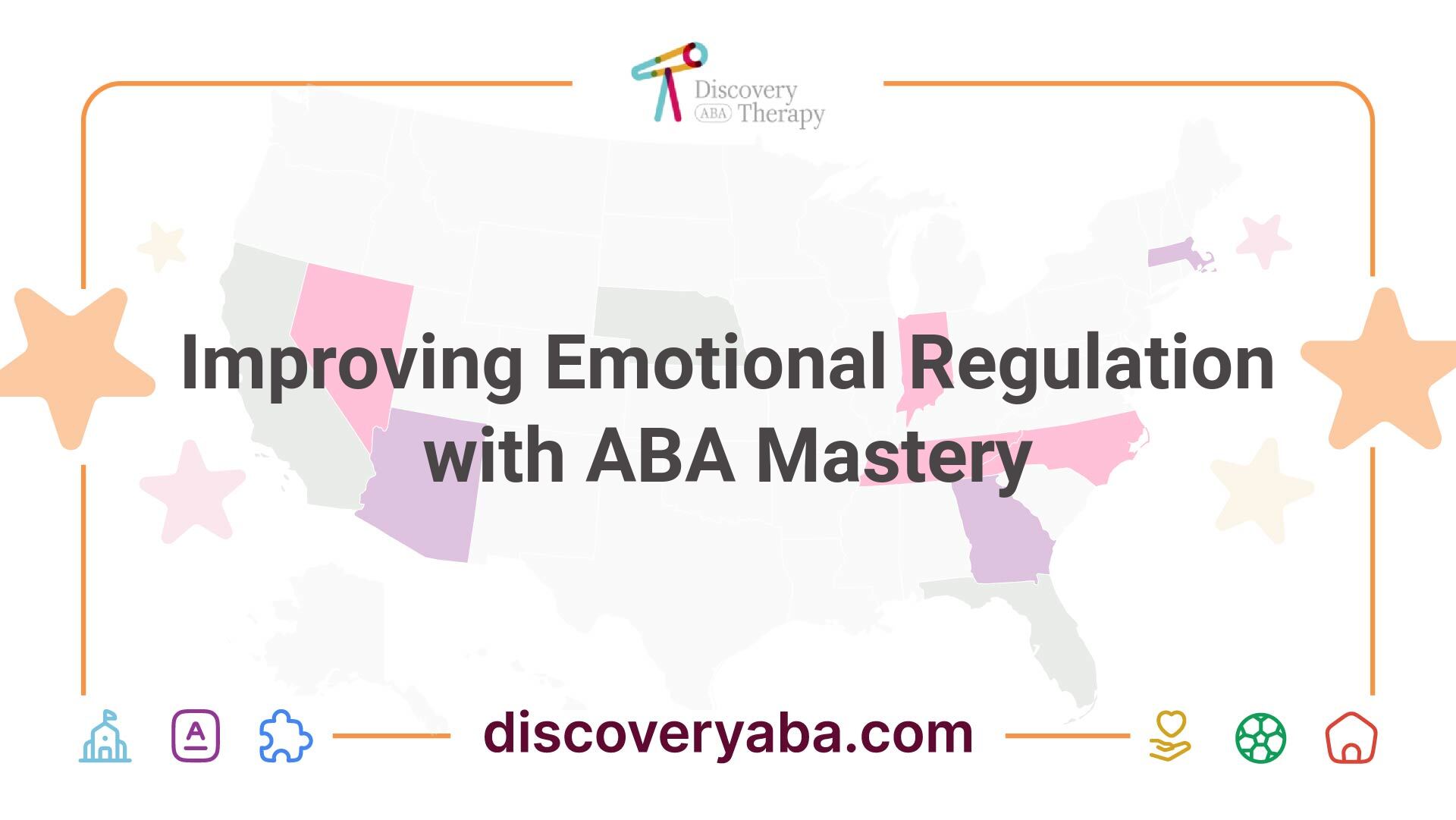


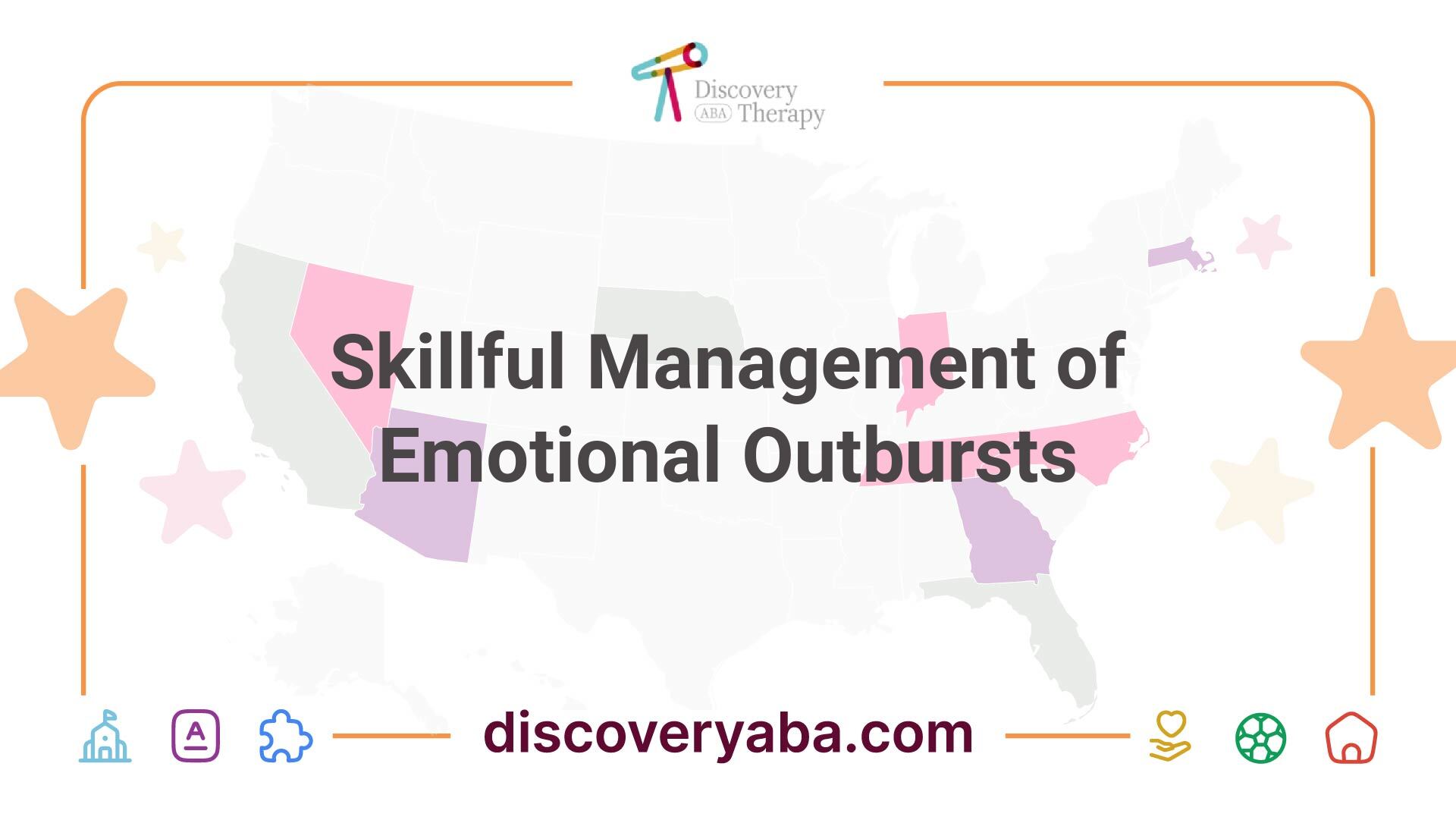

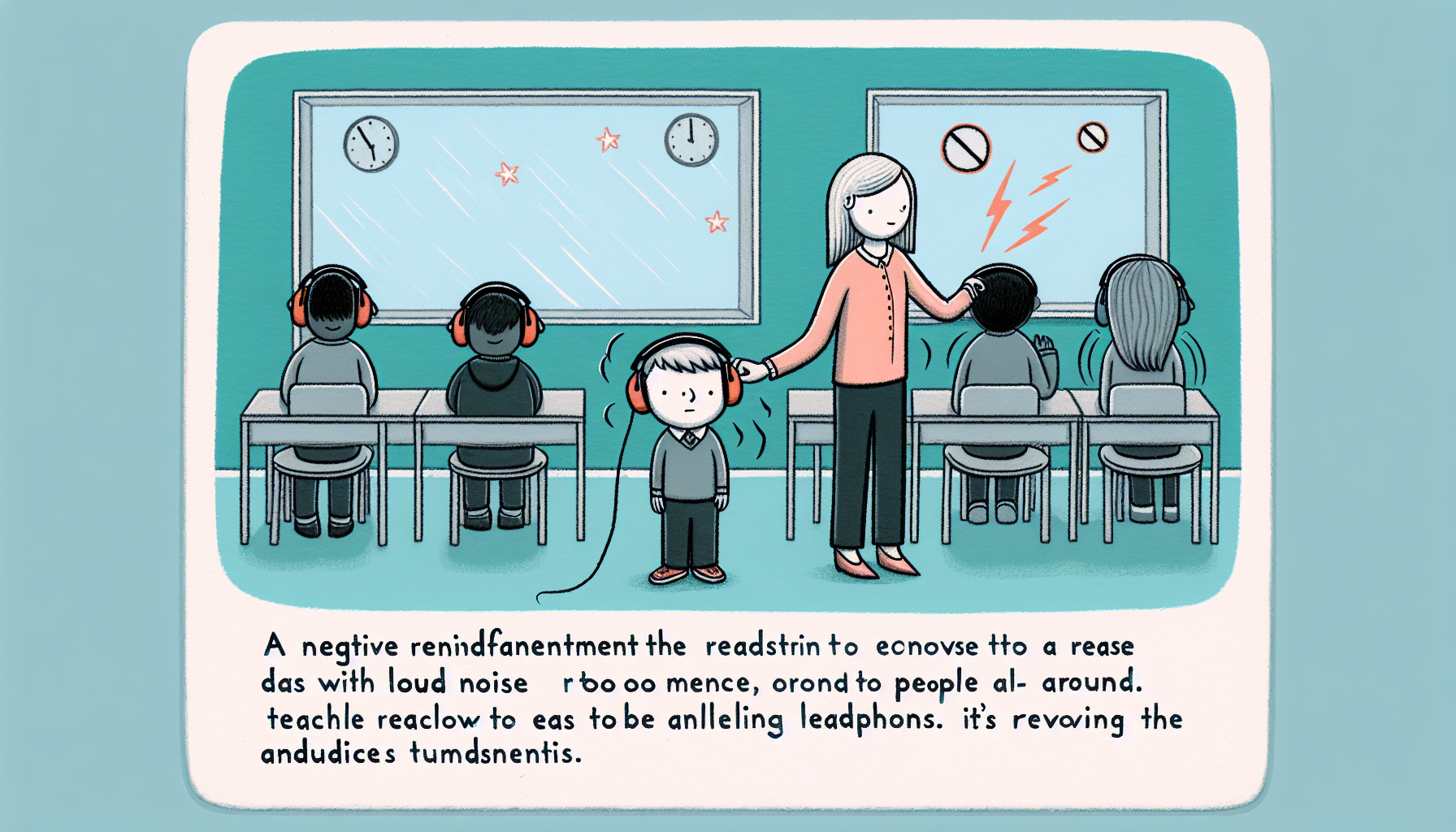
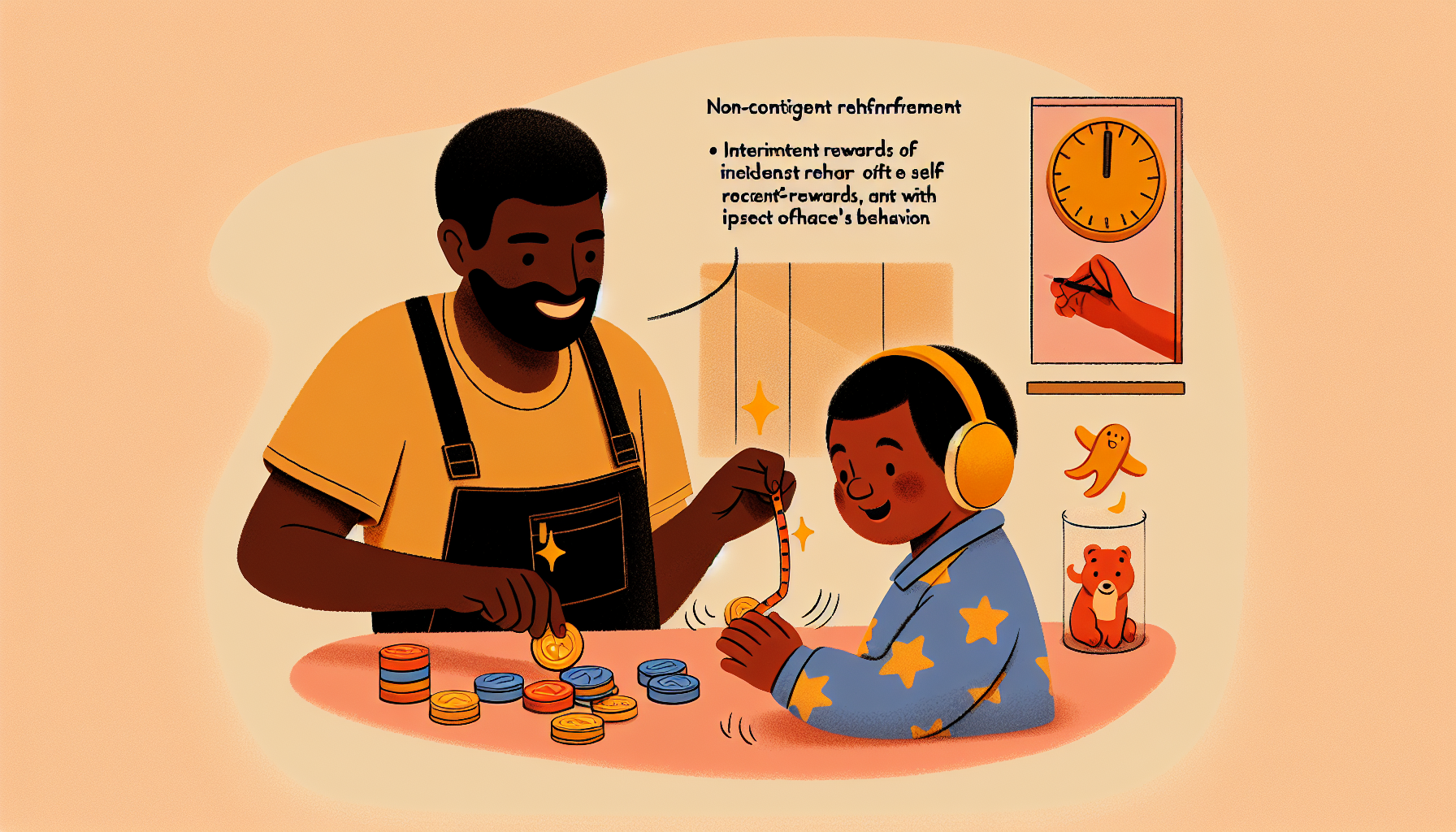
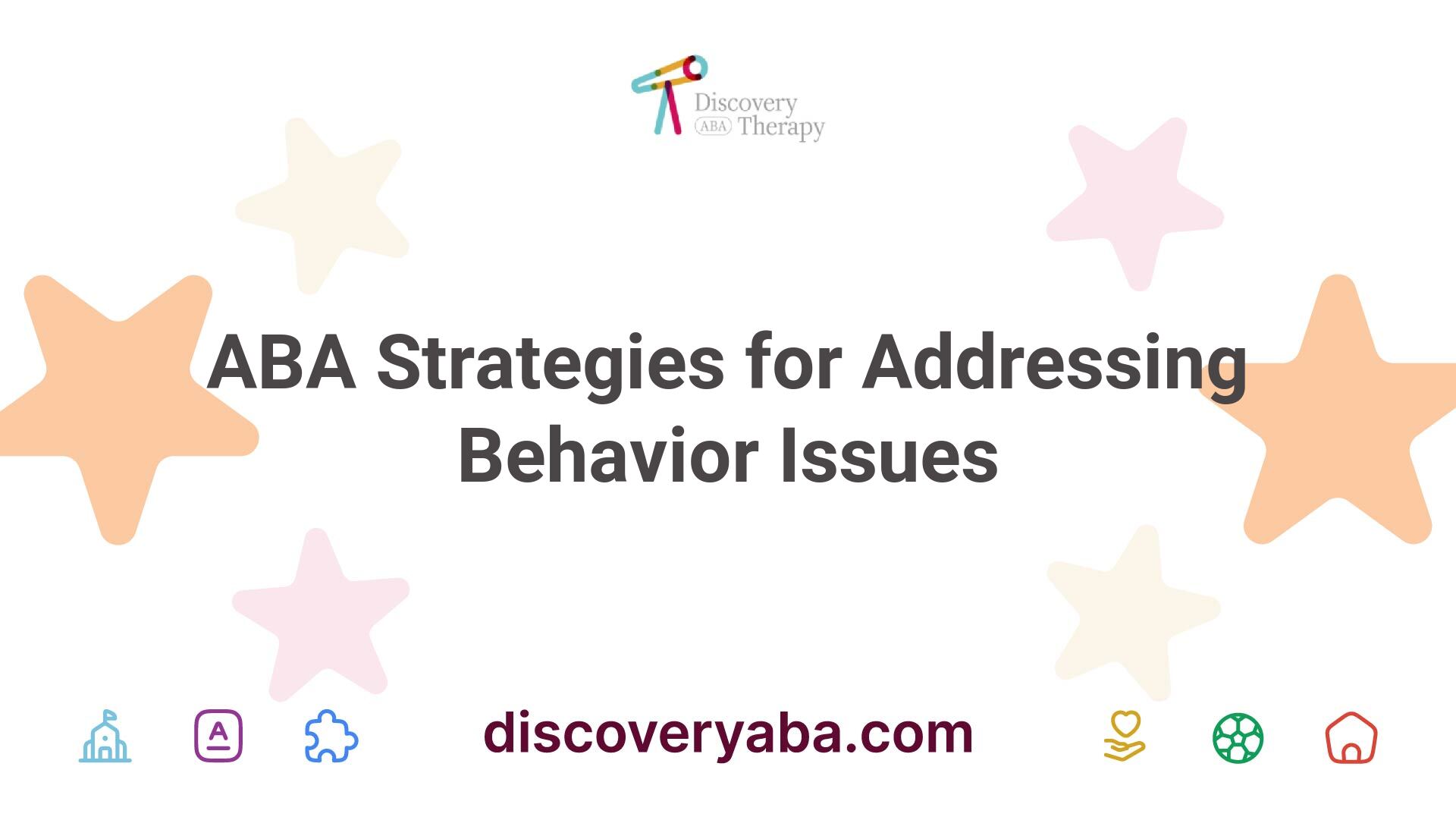
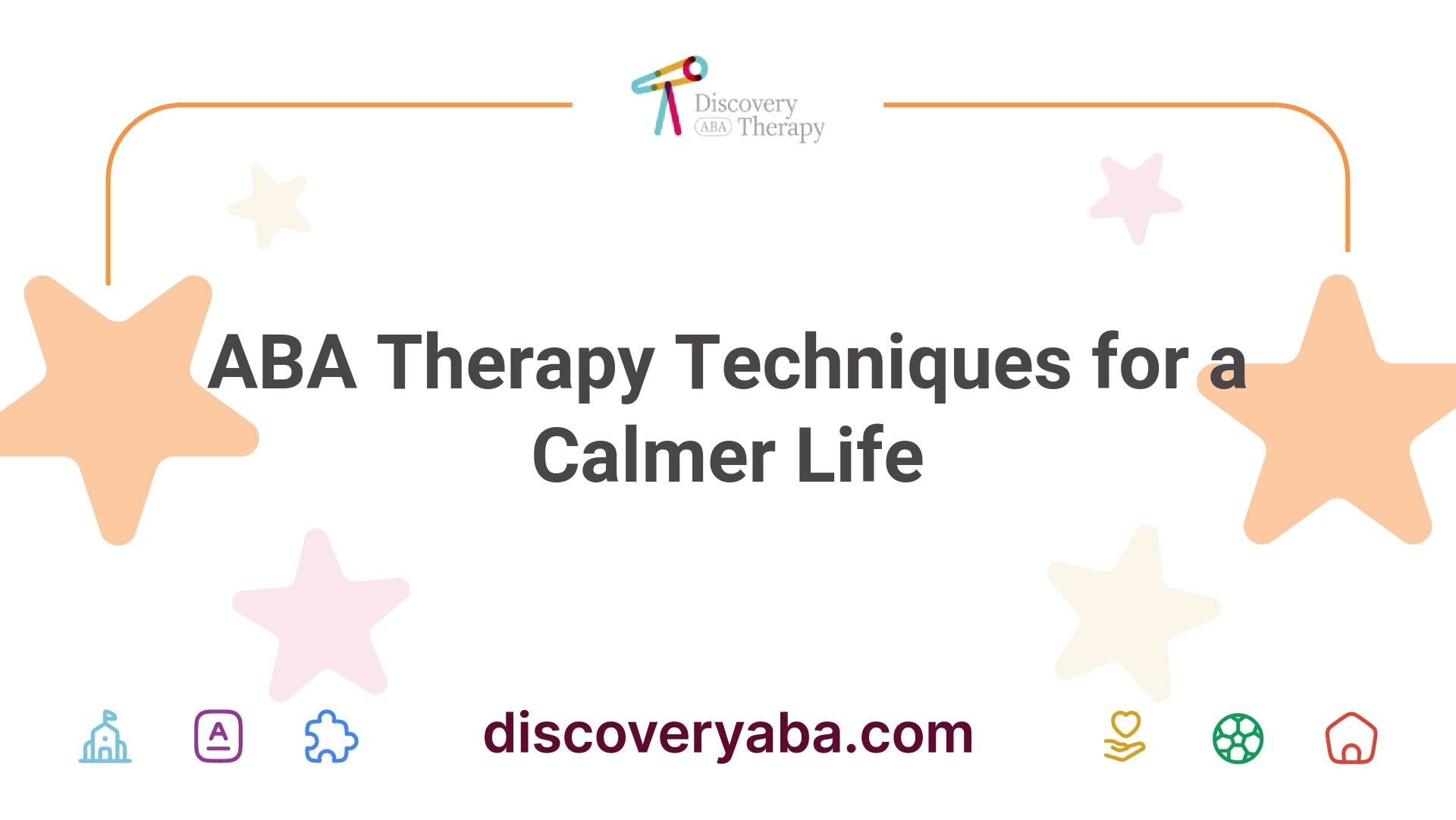



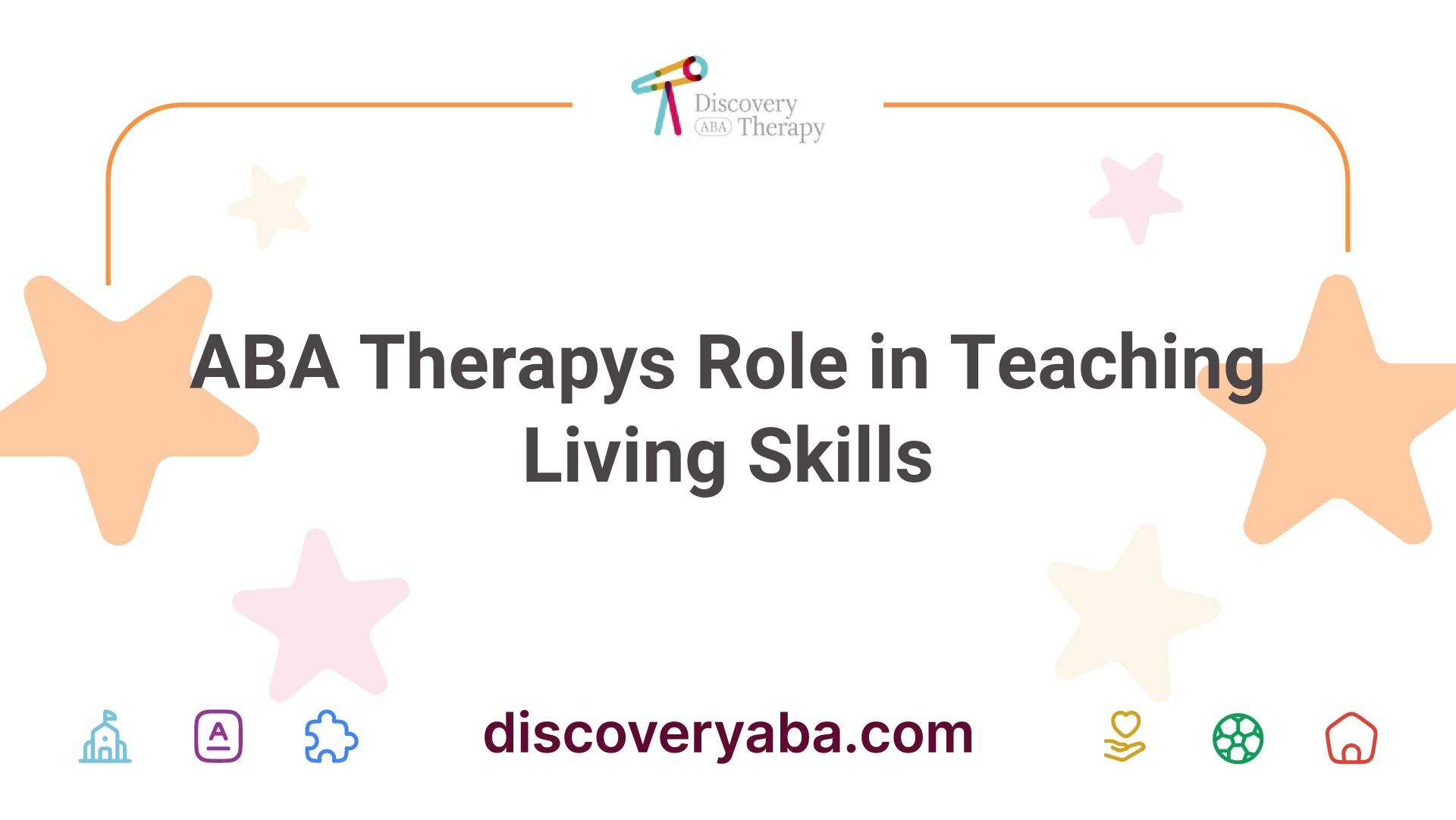
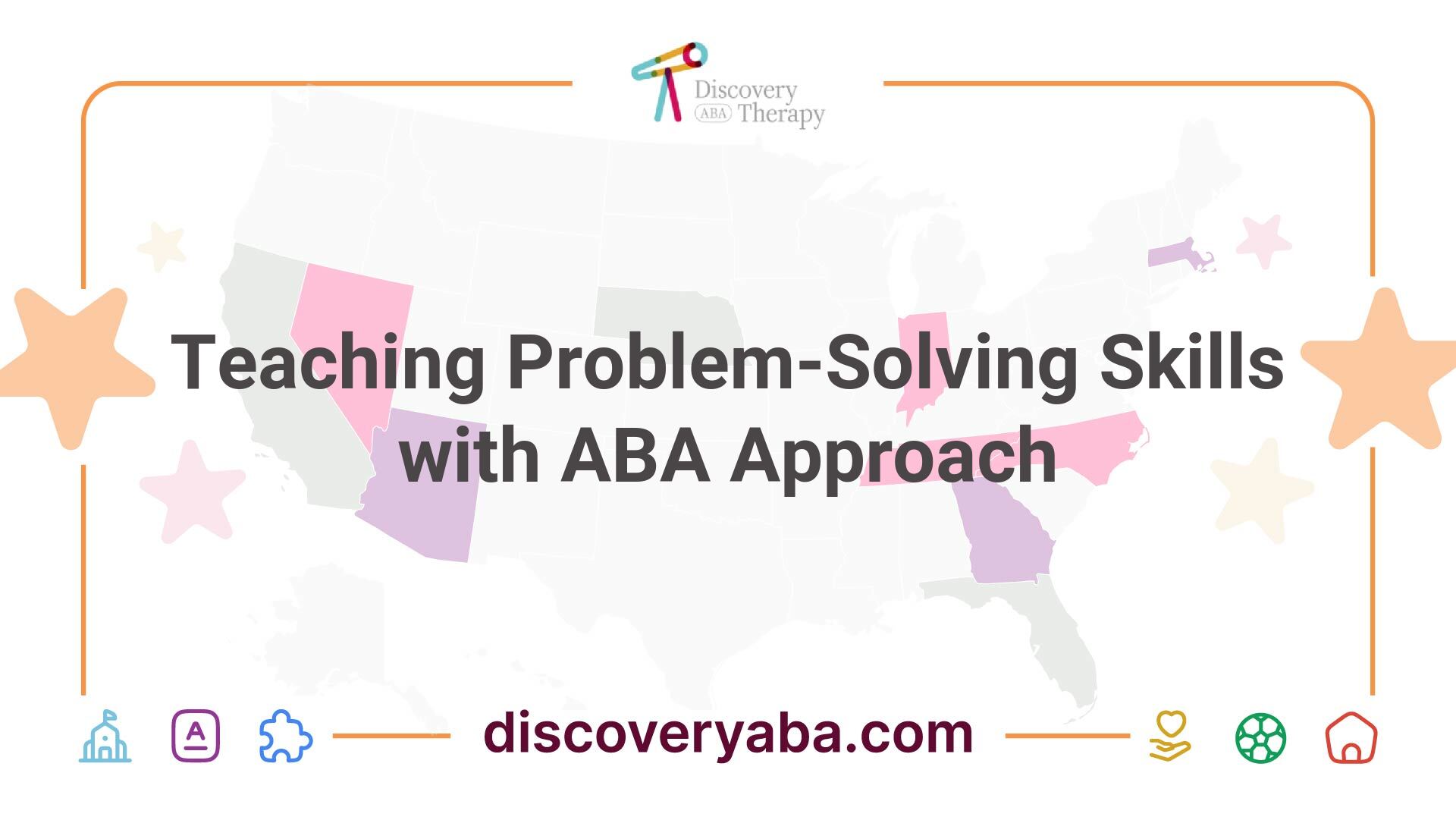





.jpeg)































